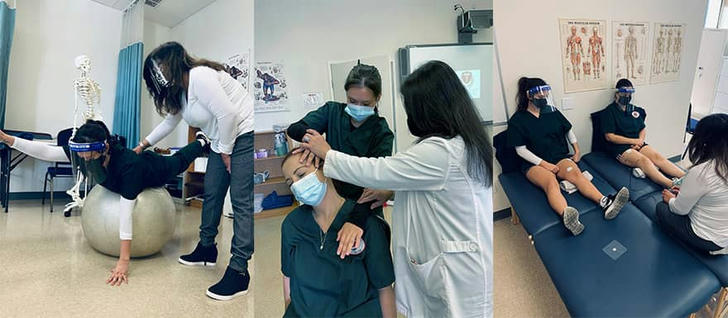Government-Funded Training for Physical Therapy Careers in the U.S.
In a job market where demand for talent in the healthcare industry remains strong, training programs for professions such as physical therapists (PTs) and physical therapist assistants (PTAs) are becoming increasingly important. Federal and state governments support these training pathways through various agencies to help students enter this high-growth field.

Why consider physical therapy training?
Careers in physical therapy are appealing for many reasons. For example, the occupation of physical therapist is projected to grow faster than average, with median annual pay above $90,000 according to the U.S. Bureau of Labor Statistics (BLS).
For PTAs and aides, entry can be less time-consuming while still offering a meaningful role in patient care.
Because of these trends, government–funded training initiatives have focused on ensuring that individuals – including those unemployed, under-employed, veterans, or career-changers – can access education and credentials that lead to employment in this field.
How government funding physical therapist training
Public funding for training in physical therapy tends to come via two main routes: (1) grants and financial aid for students, and (2) “Eligible Training Provider” lists and programs approved under legislation such as the Workforce Innovation and Opportunity Act (WIOA). For example, CareerOneStop notes that short-term training programs that qualify for WIOA funding are clearly marked in its Local Training Finder.
Federal aid programs such as the Pell Grant, student loans, and work-study are available to many who enrol in accredited programs.
Training pathways: PTA vs PT
Prospective students should understand the difference between pathways:
A physical therapist assistant (PTA) program typically leads to an associate’s degree and allows one to work under the supervision of a licensed physical therapist. According to CareerOneStop, this pathway is quicker and has a good employment outlook.
For those seeking faster entry into the workforce and who may need training assistance, PTA programs are often better aligned with government-funded training initiatives.
Finding a government-funded program
Here are practical steps for students:
Use the Local Training Finder on CareerOneStop: enter keywords such as “physical therapist assistant” or “physical therapy technician” and your ZIP code, then filter by programs with the “WIOA” designation.
Check whether the training provider is on your state’s Eligible Training Provider List—this indicates that the program meets quality and employment criteria for funding.
Apply for financial aid to determine eligibility for grants or federal funding.
Government-funded physical therapist training options:
6004 S. County Road G Janesville, Wisconsin 53547
1700 Sw College Avenue Topeka, Kansas 66621
1200 W. International Speedway Blvd. Daytona Beach, Florida 32120
6251 Us Highway 31 Hwy 31 Nor Tanner, Alabama 35671
700 W State Street Milwaukee, Wisconsin 53233
115 Wilder Tower 3675 Alumn Memphis, Tennessee 38152
29001 Highway 1 South Greenville, Mississippi 38701
2121 S El Camino Real Building C San Mateo, California 94403
11200 Mississippi Boulevard Nw Coon Rapids, Minnesota 55433
Finding a government-funded program
Reduced cost burden: Government support can lower tuition for approved programs, making training more accessible.
Strong job prospects: Training programs that qualify for funding are vetted for alignment with local employer demand, which increases employment chances.
Support services: Many programs include wrap-around services such as career counselling, job-placement assistance, and skills workshops.
Flexibility: Some state and federally funded programs allow part-time study or online/hybrid formats, which help students who are working or have other responsibilities.
Conclusion
For individuals interested in entering the field of physical therapy or becoming a physical therapist assistant, government-funded training programs offer an effective gateway. By leveraging tools like CareerOneStop’s Local Training Finder and by applying for federal and state support, candidates can reduce financial barriers and improve their prospects of attaining a credential that leads to meaningful employment. With careful research and proactive steps, a government-assisted pathway can pave the way into this in-demand healthcare profession.
